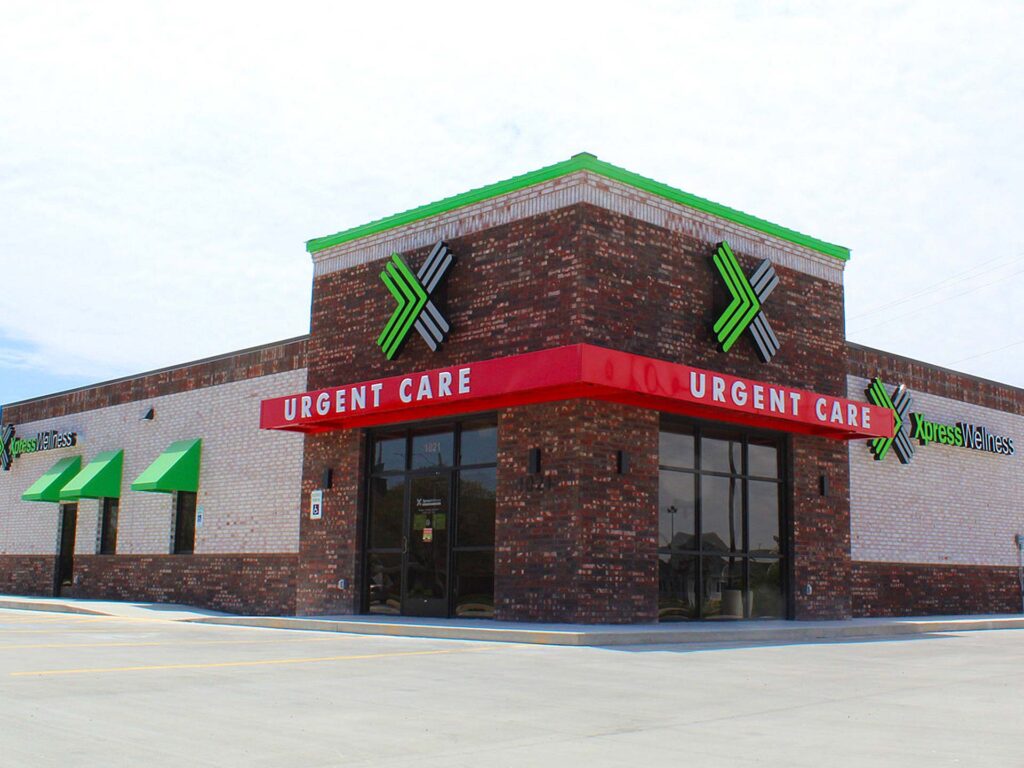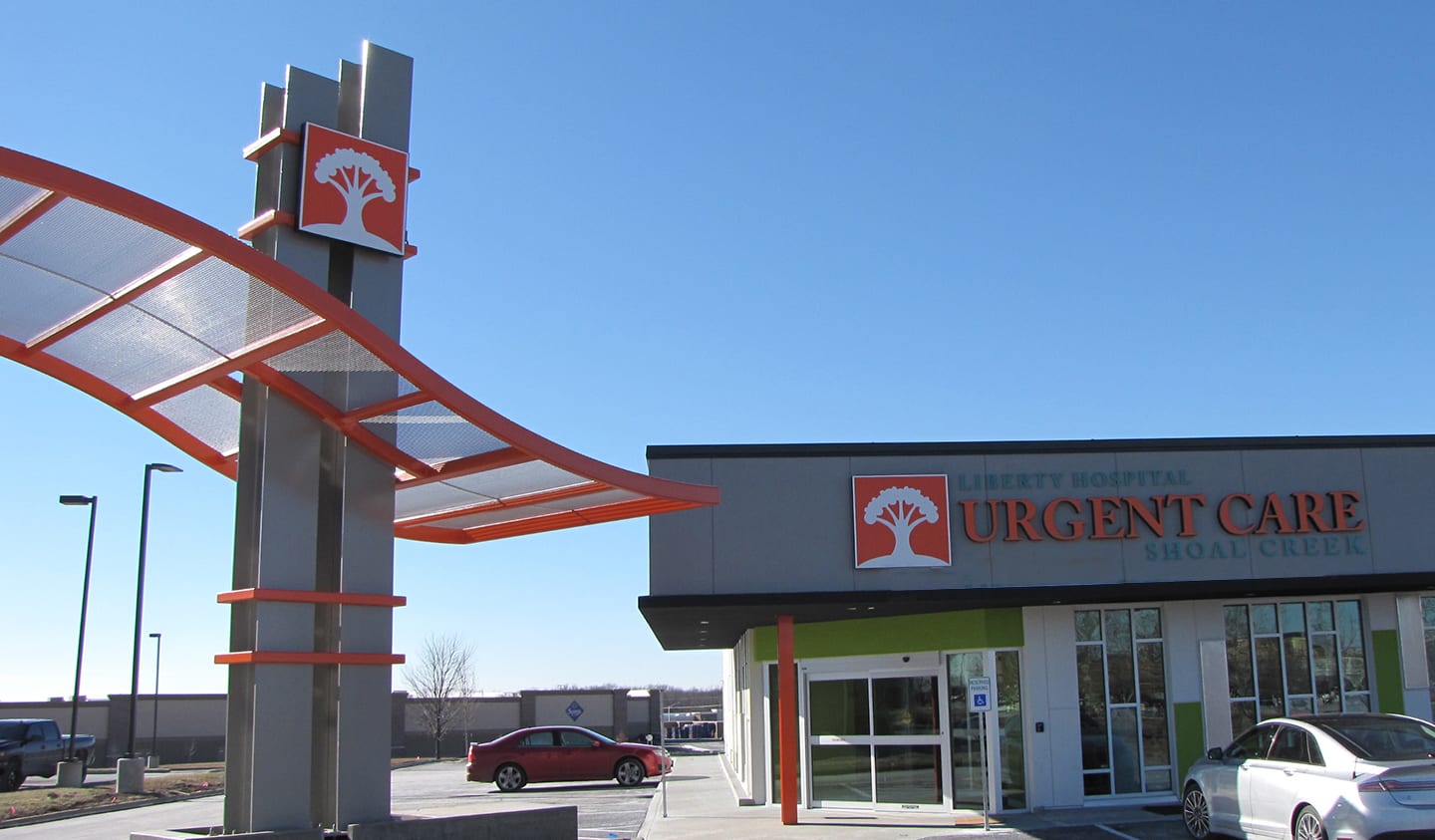The Value of Urgent Treatment Centers in Bridging the Gap In Between Health Care and Emergency Providers
Urgent treatment facilities have actually emerged as a vital element of the medical care landscape, efficiently attending to the vital demand for instant medical focus without resorting to emergency solutions. The progressing function of urgent treatment facilities increases vital inquiries about their assimilation within the more comprehensive healthcare system and the implications for patient outcomes and source appropriation.
Summary of Urgent Care Centers
Immediate treatment facilities have ended up being a crucial component of the medical care shipment system, supplying easily accessible medical solutions for non-life-threatening conditions. These centers normally operate outside conventional workplace hours, offering clients a choice to emergency spaces and key care settings. Individuals seeking urgent treatment typically present with problems such as small injuries, infections, or illnesses that need punctual focus however do not present a prompt risk to life or limb.
Urgent care facilities are staffed by a variety of medical care experts, consisting of doctors, nurse practitioners, and physician assistants, that are outfitted to detect and treat different clinical worries. They often include diagnostic devices such as X-ray equipments and lab solutions, enabling them to provide extensive treatment on-site.
The facility of immediate care centers has been affected by the raising need for timely clinical solutions in a fast-paced society, where individuals may struggle to secure visits with medical care companies. As an outcome, these centers intend to minimize congestion in emergency divisions, boosting overall healthcare performance. In addition, immediate treatment facilities usually serve as a bridge between health care and emergency situation services, making certain that clients get ideal treatment customized to their specific clinical needs.

Benefits of Urgent Care Services
Accessing prompt treatment is a substantial advantage of immediate care services. These facilities give instant interest for non-life-threatening conditions, effectively decreasing wait times contrasted to traditional emergency situation departments. Patients seeking take care of small injuries, diseases, or immediate health and wellness worries can get treatment without the lengthy delays often associated with health center brows through.
Another key benefit is the extensive hours of procedure. Lots of urgent care facilities are open nights and weekends, fitting clients who might not have the ability to visit their health care company throughout typical office hours. This adaptability makes immediate care an obtainable choice for those with hectic schedules or unexpected wellness issues.
Moreover, immediate care facilities commonly provide a large array of solutions, including analysis testing, X-rays, and standard research laboratory services. This thorough technique enables quick medical diagnosis and therapy, enhancing person complete satisfaction.
Furthermore, immediate treatment facilities are usually more cost-efficient than emergency rooms, making them an attractive option for people without insurance policy or those with high-deductible strategies. On the whole, urgent care services play a vital role in supplying accessible, prompt, and cost effective treatment.
Contrast With Health Care
Typically, patients usually consider their choices between urgent treatment facilities and primary treatment suppliers when seeking clinical attention. Both offer vital duties in the healthcare system, yet they vary considerably in range, ease of access, and price.
Health care service providers are generally the initial factor of call for people, focusing on long-lasting wellness management, preventative care, and chronic illness monitoring. They offer continuity of useful reference treatment, promoting a patient-provider connection that enables comprehensive health analyses and individualized therapy strategies. Nevertheless, scheduling a visit can be lengthy, typically requiring days or weeks ahead of time.
In click this contrast, urgent treatment facilities provide instant take care of non-life-threatening problems that need prompt focus, such as minor injuries or infections. These facilities typically run outside of typical office hours, suiting individuals that might not be able to visit their main care service provider throughout routine organization times. In addition, urgent treatment is usually extra economical than emergency room brows through, making it an attractive choice for those with minimal medical care access.
Inevitably, while immediate care facilities and health care service providers both add to person health and wellness, they deal with distinct demands, making it crucial for people to identify which option best straightens with their circumstances.
Emergency Situation Solutions Communication
The communication in between urgent care facilities and emergency situation solutions is an essential facet of the medical care landscape, especially when clients deal with situations that may intensify in extent. Urgent treatment centers work as a bridge between health care and emergency situation departments, resolving non-life-threatening conditions that need prompt interest. This collaboration improves person outcomes and optimizes source allocation within the medical care system.
When people present with immediate however not life-threatening problems, immediate care centers can effectively handle their requirements, reducing blockage in emergency clinic. Facilities furnished with diagnostic capacities can help with prompt references to emergency services when a client's problem exceeds the range of urgent care therapy. This seamless interaction helps ensure that clients get the appropriate level of treatment without unneeded hold-ups.
In addition, reliable interaction in between immediate care suppliers and emergency services is crucial. Sharing person info and therapy histories cultivates collaborated treatment, lessening the risk of repetitive tests and treatments. As health care continues to evolve, the vibrant relationship in Resources between urgent treatment facilities and emergency situation services will play a pivotal function in improving person treatment efficiency, satisfaction, and general health and wellness results within the neighborhood.
Future of Urgent Care Facilities
As health care needs advance, the future of immediate treatment facilities is poised to come to be increasingly essential to the general medical community (Urgent Care). These centers are most likely to broaden their functions by including innovative technologies, such as telemedicine, fabricated knowledge, and digital wellness document combination. This will enhance individual accessibility and enhance care sychronisation in between immediate treatment, medical care, and emergency solutions
Additionally, immediate treatment centers are expected to diversify their service offerings to include preventive care and persistent condition monitoring. This shift will place them as vital parts in handling populace wellness, lowering the worry on emergency situation departments, and dealing with voids in primary care schedule.
The growing trend of value-based treatment will certainly further increase the improvement of immediate treatment centers, triggering them to concentrate on patient end results and satisfaction. Facilities might also embrace collaborative method models, working closely with specialists and medical care service providers to make sure comprehensive client administration.
Final Thought
In final thought, urgent treatment facilities serve a vital function in the healthcare system by providing prompt accessibility to treatment for non-life-threatening problems, successfully easing pressure on emergency situation services. Their extended hours and varied range of services enhance person comfort and contentment, while additionally ensuring appropriate care distribution. As healthcare requires remain to progress, the duty of urgent care centers will likely end up being progressively considerable, further bridging the space between medical care and emergency services.
The facility of immediate treatment centers has been affected by the boosting demand for prompt clinical services in a fast-paced culture, where people might struggle to secure visits with main treatment carriers. In addition, immediate care facilities commonly offer as a bridge in between main treatment and emergency services, ensuring that individuals obtain appropriate care customized to their particular clinical requirements.
Many immediate treatment centers are open nights and weekend breaks, fitting patients who might not be able to see their key treatment provider throughout common office hours (Urgent Care). As healthcare continues to progress, the vibrant connection between urgent treatment facilities and emergency situation solutions will play a pivotal role in improving client care effectiveness, complete satisfaction, and total health and wellness results within the neighborhood
